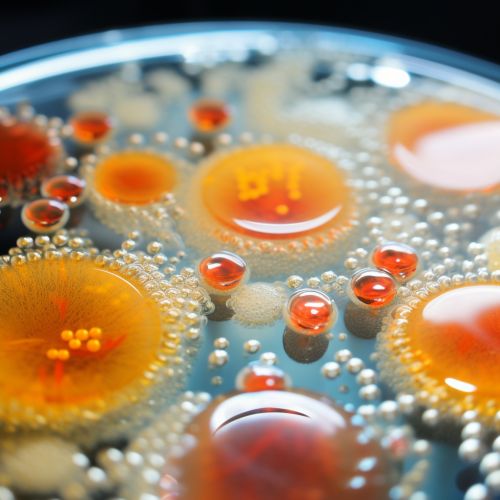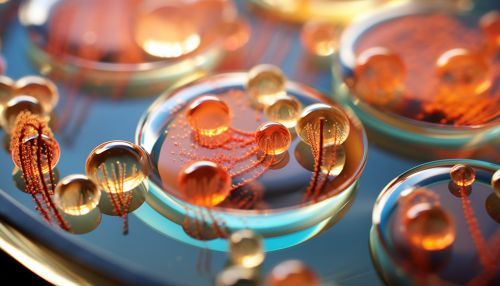Mechanisms of Antibiotic Resistance in Bacterial Pathogens
Introduction
Antibiotic resistance is a global health crisis that threatens the effective prevention and treatment of an ever-increasing range of infections caused by bacteria, parasites, viruses and fungi. It occurs when bacteria change in response to the use of these medicines and develop the ability to defeat the drugs designed to kill them. This article focuses on the mechanisms of antibiotic resistance in bacterial pathogens.


Mechanisms of Antibiotic Resistance
Bacterial pathogens can develop resistance to antibiotics through several mechanisms. These include mutation, acquisition of resistance genes, and phenotypic resistance.
Mutation
Mutations are changes in the bacterial DNA that can lead to antibiotic resistance. These changes can occur spontaneously or be induced by external factors such as exposure to antibiotics. Mutations can affect the target of the antibiotic, modify the antibiotic, or alter bacterial processes to reduce the effectiveness of the antibiotic.
Target Modification
Bacteria can become resistant to antibiotics by altering the target of the antibiotic. This can be achieved through mutations that change the structure of the target, making it less susceptible to the antibiotic. For example, MRSA has developed resistance to methicillin and other beta-lactam antibiotics by acquiring a gene that produces a modified penicillin-binding protein, which is the target of these antibiotics.
Antibiotic Modification
Bacteria can also develop resistance by modifying the antibiotic itself. This can occur through the production of enzymes that inactivate the antibiotic. For example, beta-lactamases are enzymes produced by certain bacteria that can hydrolyze the beta-lactam ring of penicillin and other beta-lactam antibiotics, rendering them ineffective.
Alteration of Bacterial Processes
Mutations can also lead to changes in bacterial processes that reduce the effectiveness of antibiotics. For example, some bacteria can develop resistance by altering their metabolic pathways to bypass the action of the antibiotic, or by increasing the expression of efflux pumps that remove the antibiotic from the bacterial cell.
Acquisition of Resistance Genes
Bacteria can acquire resistance genes from other bacteria through horizontal gene transfer. This can occur through three main mechanisms: transformation, transduction, and conjugation.
Transformation
Transformation is the uptake of naked DNA from the environment by a competent bacterium. The DNA can then be incorporated into the bacterium's own DNA, providing it with new traits such as antibiotic resistance.
Transduction
Transduction involves the transfer of DNA from one bacterium to another via a bacteriophage, a type of virus that infects bacteria. The bacteriophage can accidentally incorporate a piece of the host bacterium's DNA into its own genome during replication. When the bacteriophage infects another bacterium, it can transfer this DNA, potentially conferring antibiotic resistance.
Conjugation
Conjugation is the transfer of DNA from one bacterium to another through a direct physical connection. This is often mediated by plasmids, small, circular pieces of DNA that can carry resistance genes. Conjugation can occur between different species of bacteria, allowing for the rapid spread of antibiotic resistance.
Phenotypic Resistance
Phenotypic resistance refers to changes in the behavior or characteristics of bacteria that make them resistant to antibiotics, without any change in their genetic material. This can include the formation of biofilms, which are communities of bacteria that are protected from antibiotics by a matrix of extracellular polymeric substances.
Conclusion
Understanding the mechanisms of antibiotic resistance in bacterial pathogens is crucial for the development of new strategies to combat this growing threat. By studying these mechanisms, researchers can identify potential targets for new antibiotics and develop strategies to prevent the spread of resistance.
